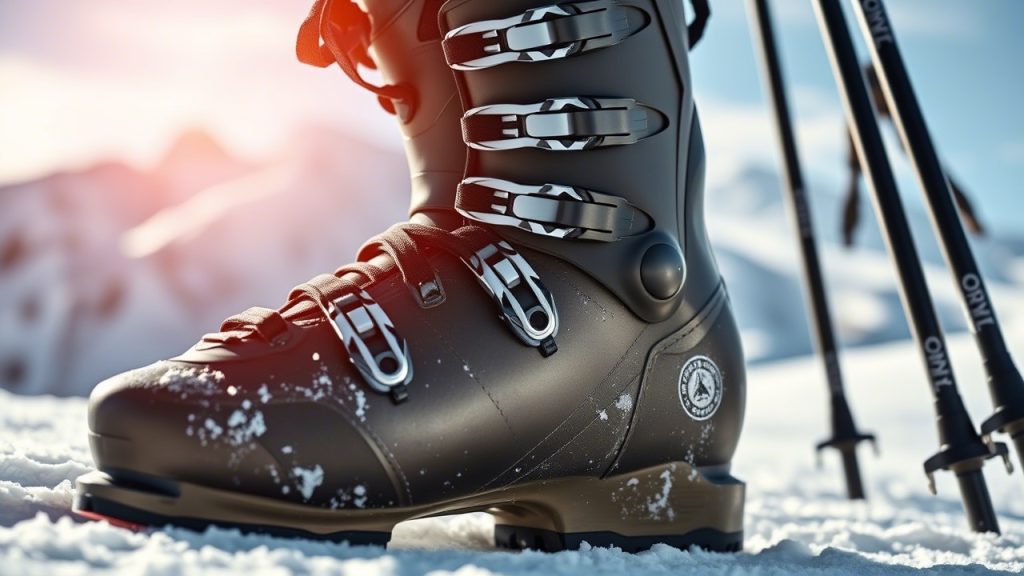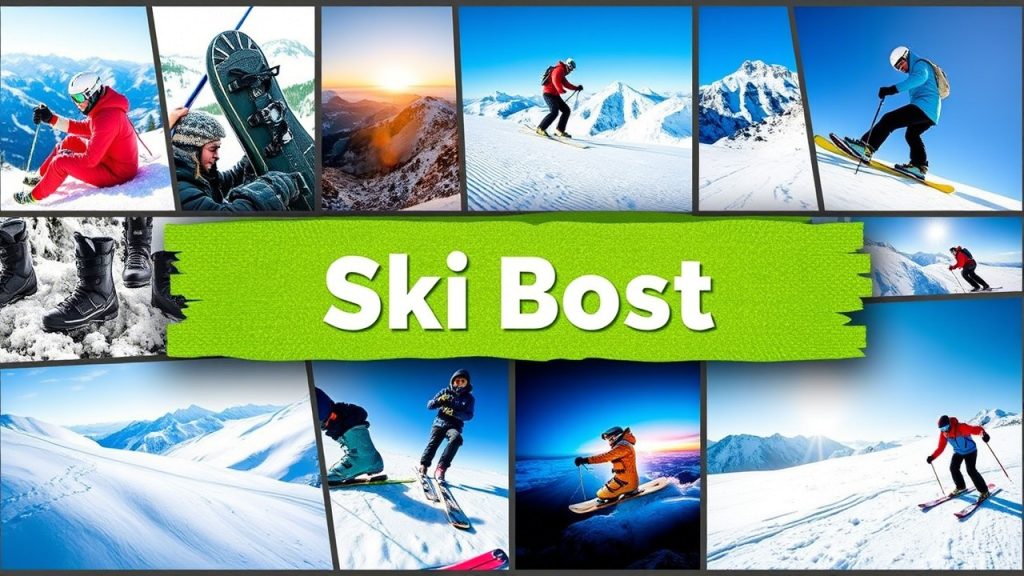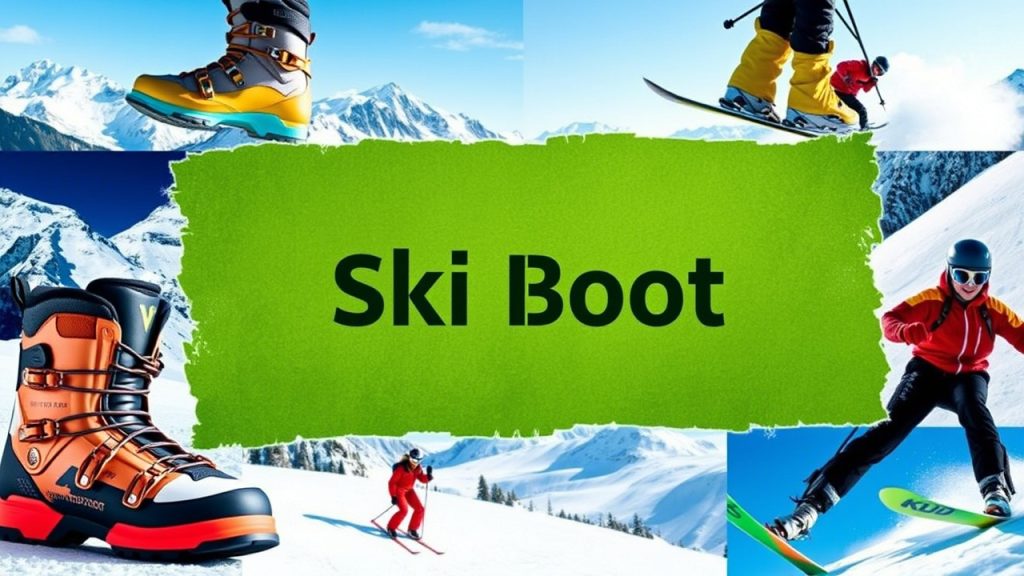24 Best Ski Boot Size Chart Ideas to Maximize Skiing Control
When it comes to skiing, the right gear is essential, and the most important piece of gear you’ll wear is your ski boots. The connection between you and your skis, ski boots are key to controlling your movements, improving comfort, and ensuring safety on the slopes. However, choosing the right ski boot size can be overwhelming for many skiers. A poor fit can lead to discomfort, blisters, or even a lack of control, compromising both your performance and safety.
We will dive into the 24 best ski boot size chart ideas to maximize skiing control. We’ll explore the various factors that impact ski boot fit, including length, width, flex, and more. Whether you’re a beginner skier or an experienced one, understanding these size charts will help you find the best ski boots for your needs and ensure a comfortable, controlled skiing experience.
The Importance of Proper Ski Boot Sizing
Before we jump into the specifics of size charts, it’s important to understand why the right ski boot fit is essential. When you wear ski boots, they directly impact your skiing control, which is crucial for performance. Here’s why sizing matters:
- Control and Responsiveness: Ski boots are your primary point of connection with your skis. A well-fitting boot ensures that you can control your skis effectively, providing quick, responsive movements when turning or stopping.
- Comfort: Poorly fitted boots can cause pain, blisters, or foot fatigue. A snug, well-fitted boot will keep your feet comfortable for long days on the slopes.
- Protection: A proper fit provides foot and ankle support, reducing the risk of injuries while skiing.
- Improved Performance: The right fit allows you to apply pressure where it’s needed most, enhancing your skiing performance.
Now, let’s dive into the 24 best ski boot size chart ideas that will help maximize your skiing control.
1. Mondo Point Sizing System
The Mondo Point system is the most widely used boot sizing method in the skiing world. This system measures the length of your foot in centimeters (cm). It’s essential to get the correct Mondo Point size because ski boots fit differently than regular shoes.
Mondo Point Size Chart:
| Mondo Point Size | Foot Length (cm) | U.S. Men’s Size | U.S. Women’s Size |
|---|---|---|---|
| 22.0 | 22.0 cm | 5 | 6 |
| 23.0 | 23.0 cm | 6 | 7 |
| 24.0 | 24.0 cm | 7 | 8 |
| 25.0 | 25.0 cm | 8 | 9 |
| 26.0 | 26.0 cm | 9 | 10 |
| 27.0 | 27.0 cm | 10 | 11 |
| 28.0 | 28.0 cm | 11 | 12 |
| 29.0 | 29.0 cm | 12 | 13 |
How to Use: Measure your foot from the heel to the tip of your longest toe in centimeters and match it with the Mondo Point size on the chart. If you have slightly larger feet, consider going up a size for added comfort.
2. Boot Width (Last) Sizing
Ski boots come in different widths to accommodate various foot shapes. The “last” is the internal width of the boot and determines how snugly the boot fits your foot. Choosing the right width is essential for comfort, control, and avoiding foot movement inside the boot.
Boot Width Chart:
| Boot Width | Foot Shape | Ideal For |
|---|---|---|
| Narrow (97-98mm) | Narrow feet | Ideal for skiers with slim feet |
| Medium (100mm) | Average foot width | Ideal for skiers with average feet |
| Wide (102-104mm) | Wide feet | Best for skiers with wide or flat feet |
How to Choose: If you have narrow feet, go for a narrow last. If your feet are wider, choose a wider last. Proper width ensures your foot stays securely in place, improving skiing control.

3. Flex Rating – Stiffness and Control
The flex rating of a ski boot indicates its stiffness. A boot’s flex rating determines how much the boot will bend when you lean forward or apply pressure. A stiff boot offers better control, especially for advanced skiers, while a softer boot allows for more flexibility and comfort.
Flex Rating Chart:
| Flex Rating | Skiing Style | Ideal Skiing Level |
|---|---|---|
| 50-70 | Soft and flexible | Beginner to intermediate skiers |
| 70-90 | Medium flex | Intermediate skiers |
| 90-110 | Stiff and responsive | Advanced skiers |
| 110-130 | Very stiff | Expert or professional skiers |
How to Choose: Beginners and lighter skiers should choose a softer flex for better comfort and easier control. Advanced skiers or those skiing at high speeds may prefer a stiffer flex for enhanced precision and responsiveness.
4. Volume Sizing
Ski boots come in different volume options to accommodate various foot shapes. Volume refers to the amount of space inside the boot, and it affects how snugly the boot fits around the foot.
Ski Boot Volume Chart:
| Volume Type | Foot Shape | Ideal For |
|---|---|---|
| Low Volume | Narrow feet, low arches | Skiers with narrow feet |
| Medium Volume | Standard feet | Skiers with average feet |
| High Volume | Wide feet, high arches | Skiers with wide feet or high arches |
How to Choose: If you have wide feet or high arches, you’ll need a high-volume boot for a comfortable fit. If you have narrow feet or low arches, opt for low-volume boots.
5. Custom Footbeds
While most ski boots come with standard footbeds, many skiers benefit from custom footbeds. These footbeds are designed to provide additional support and cushioning, especially if you have unique foot issues, such as flat feet or high arches.
Custom Footbed Options:
| Type | Ideal For |
|---|---|
| Custom Footbed | Personalized support for flat or high arches |
| Standard Footbed | Standard arch support |
| Heat-Moldable | Skiers looking for a custom fit |
How to Choose: If you experience discomfort or foot pain while skiing, consider investing in custom footbeds for improved comfort and performance.
6. Sole Length and Compatibility
The sole length refers to the measurement of the ski boot’s sole, which plays a crucial role in binding compatibility. If the sole length is not properly matched with your ski bindings, your skis may not perform well, and you could face safety risks.
Sole Length Chart:
| Mondo Point Size | Sole Length (mm) |
|---|---|
| 22.0 | 270 mm |
| 23.0 | 280 mm |
| 24.0 | 290 mm |
| 25.0 | 300 mm |
| 26.0 | 310 mm |
| 27.0 | 320 mm |
| 28.0 | 330 mm |
| 29.0 | 340 mm |
How to Choose: Ensure your ski boots’ sole length matches your bindings for a secure fit. Many modern ski bindings accommodate a range of sole lengths, but always double-check compatibility.
7. Shell Fit
Shell fit refers to how your foot fits inside the boot shell before the liner is inserted. This is an important measurement, as it determines how much room your foot will have inside the boot and ensures that your foot is properly supported.
Shell Fit Guidelines:
- Your toes should lightly touch the front of the boot when standing.
- When flexing forward, your toes should pull back slightly from the front.
- There should be minimal movement of your heel inside the boot.
How to Choose: A snug shell fit will ensure that your foot is secure inside the boot, providing better skiing control.

8. High vs. Low-Volume Boots
Depending on the width of your feet, you may need either a high- or low-volume boot. Low-volume boots are designed for skiers with narrow feet, while high-volume boots offer more space for those with wider feet.
Volume Sizing Chart:
| Volume Type | Foot Shape | Ideal For |
|---|---|---|
| Low Volume | Narrow feet, low arches | Skiers with narrow feet |
| Medium Volume | Average feet | Skiers with standard foot shapes |
| High Volume | Wide feet, high arches | Skiers with wider feet or high arches |
9. Professional Boot Fitting
Getting a professional boot fitting can help ensure that your boots fit perfectly. Boot fitters can assess your foot shape, check for any issues with alignment, and adjust the boots as needed for a custom fit.
How a Boot Fitter Can Help:
- Customizing footbeds for better support
- Adjusting the boot liner for better comfort
- Making minute adjustments to improve fit
How to Choose: If you’re unsure about your ski boot fit or experience discomfort, a professional boot fitting can be invaluable in ensuring the perfect fit.
Frequently Asked Questions
1. What is Mondo Point sizing, and how do I use it?
Mondo Point sizing measures the length of your foot in centimeters. To use it, measure your foot from heel to toe in centimeters, then match it to the Mondo Point size chart.
2. How do I determine my ski boot width?
Ski boots come in narrow, medium, and wide widths, which correspond to different foot shapes. Measure your foot’s width to determine which last (width) will provide the best fit.
3. What is boot flex, and how do I choose the right flex?
Boot flex refers to the stiffness of the boot. Choose a soft flex (50-70) for comfort and flexibility if you’re a beginner, or a stiffer flex (90-130) if you’re an advanced skier looking for greater control.
4. How tight should ski boots fit?
Ski boots should feel snug but not painfully tight. You should be able to flex your ankles, but your heel should remain in place.
5. What’s the best way to check ski boot size?
Measure your foot length in centimeters, check your width, and use the Mondo Point size chart to find the best match for your foot dimensions.
6. Can I use custom footbeds with any ski boots?
Yes, custom footbeds can be added to most ski boots to enhance comfort and support, especially for those with unique foot shapes.
7. How can I ensure my ski boots are compatible with my bindings?
Check the sole length of your ski boots and make sure it matches the required size for your bindings. Most modern bindings are adjustable, but always confirm compatibility.
8. What is shell fit, and why does it matter?
Shell fit refers to the fit of the boot shell around your foot before the liner is added. A good shell fit ensures that your foot is secure inside the boot, providing maximum control.
9. Should I get a professional boot fitting?
If you’re unsure about your ski boot fit or if you experience discomfort, a professional boot fitting can help ensure the perfect fit and improve your skiing performance.
Conclusion
Choosing the right ski boot size is crucial for maximizing your skiing control, comfort, and overall performance. By using the 24 best ski boot size chart ideas outlined above, you can find the perfect pair of ski boots tailored to your foot shape, size, and skiing style. A proper fit will enhance your skiing experience, keep your feet comfortable, and give you the control you need to navigate the slopes confidently. So, take the time to measure your feet, refer to the size charts, and enjoy your best skiing experience yet!





